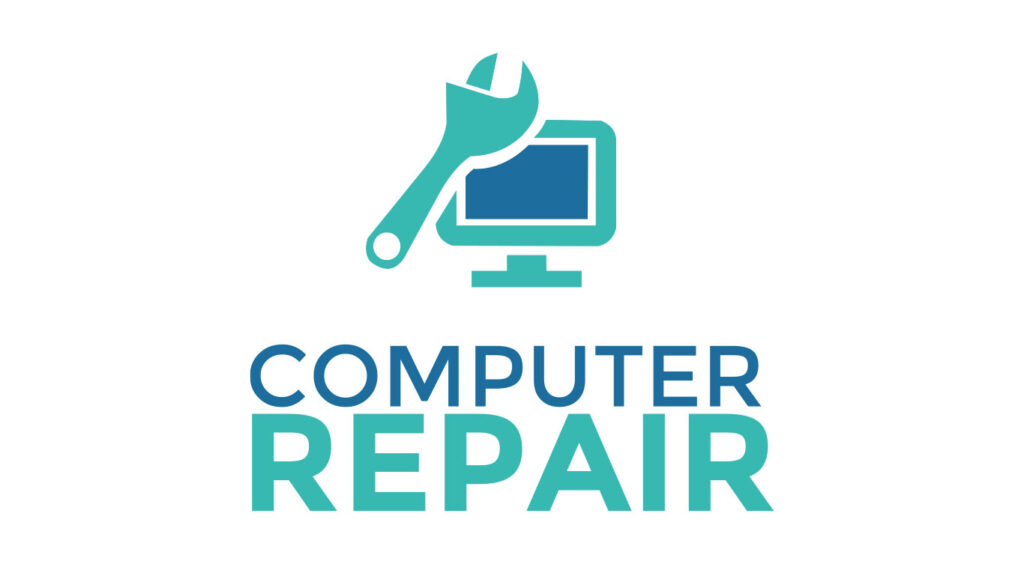To conduct the statutory audit of computer repair and maintenance services, follow these steps:
1. Gather Financial Records:
Collect all financial documents related to your computer repair and maintenance business, such as income statements, balance sheets, cash flow statements, and relevant invoices.
2. Identify Applicable Standards:
Determine the relevant accounting standards and guidelines for your industry, such as Generally Accepted Accounting Principles (GAAP) or International Financial Reporting Standards (IFRS).
3. Assess Internal Controls:
Evaluate the internal control systems in place for your business. This involves reviewing procedures for financial transactions, record-keeping, and authorization processes.
4. Sample Testing:
Select a representative sample of transactions and records to audit. This helps ensure the accuracy and reliability of the financial information provided.
5. Examine Revenue Recognition:
Verify that the revenue from computer repair and maintenance services is recognized correctly. Ensure that it aligns with the terms of agreements and actual services rendered.
6. Expense Verification:
Review expenses associated with your business operations. Check if they are properly documented and justified. This could include expenses for tools, equipment, employee wages, and overhead costs.
7. Depreciation and Amortization:
Confirm that depreciation and amortization of assets, such as repair tools and computer equipment, are calculated accurately and in accordance with accounting standards.
8. Tax Compliance:
Ensure that your business is compliant with tax regulations. Verify if taxes like Goods and Services Tax (GST) are appropriately collected and remitted.
9. Liabilities Assessment:
Examine any outstanding liabilities, such as unpaid bills or loans. Verify their accuracy and ensure that they are recorded in the financial statements.
10. Completeness of Income:
Ensure that you record all income generated from computer repair and maintenance services in the financial statements. Do not omit any income.
11. Documentation Review:
Check if all financial transactions and business activities are adequately documented. Proper documentation provides transparency and supports the audit process.
12. Comparative Analysis:
Analyze the financial performance and position of your business over time. Compare current financial data with previous periods to identify any significant variations.
13. Risk Assessment:
Evaluate potential risks that could affect the accuracy of financial statements. Address any risks by adjusting accounting practices or strengthening internal controls.
14. Disclosure Verification:
Make sure you include all necessary disclosures related to your computer repair and maintenance business in the financial statements.
15. Audit Report:
Prepare an audit report summarizing the findings of the audit. This report should include the auditor’s opinion on the accuracy and fairness of the financial statements.
16. Addressing Discrepancies:
If you identify any discrepancies or non-compliance issues, collaborate with your team to rectify them before finalizing the financial statements.
17. Management Response:
Obtain a response from management regarding the audit findings and corrective actions taken to address any issues.
18. Finalization:
Review and finalize the financial statements based on the audit results and management’s responses.
19. Communication with Stakeholders:
Communicate the audit results to relevant stakeholders, such as shareholders, investors, and regulatory authorities.
20. Continual Improvement:
Use the audit findings as a learning opportunity. Implement measures to improve your accounting practices, internal controls, and overall financial management.
To visit: https://www.mca.gov.in/
For further details access our website: https://vibrantfinserv.com

